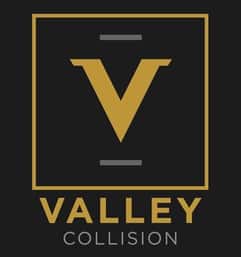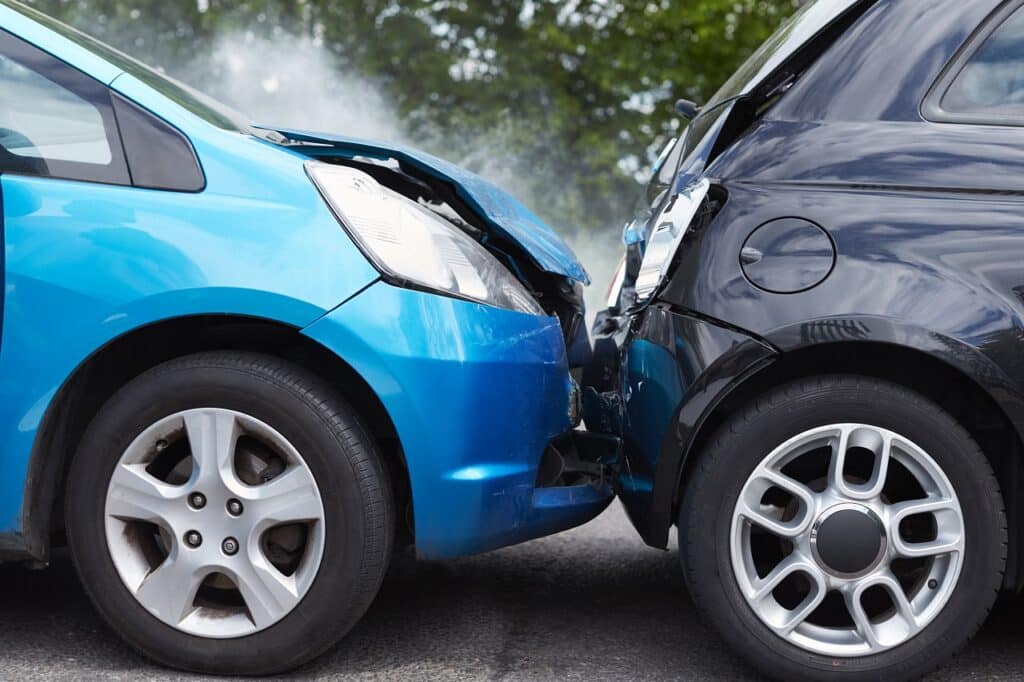A fender bender is typically a minor incident that involves two or more vehicles bumping into each other. While not as dangerous as a major collision, a fender bender can still be a shocking and damaging experience.
Take a deep breath and follow these steps to stay safe and make the necessary repairs after a fender bender.
Look for Signs of Injuries
You may not immediately notice an injury due to the unexpected nature of the collision. Take a moment to check yourself and anyone else involved in the incident. Even though the accident may be minor, it can still cause injuries such as strains, sprains, headaches, or other issues.
Consider calling 911 or a medical professional if you notice one or more of these signs:
- Abdominal pain
- Shortness of breath
- Numb or weak limbs
- Dizziness or vision problems
- Bleeding or other issues
Neck injuries and internal bleeding can occur from minor incidents. Some soreness and stiffness are temporary, but it’s important to treat any symptom seriously and receive the necessary medical assistance for you or someone else involved in the collision.
Find a Safe Place
For many drivers, a natural first reaction is to inspect the vehicle. This is a dangerous first step, as you and the other vehicle may be blocking traffic. You can typically still drive safely after a minor auto collision, so make sure to take the time to pull over as far as you can away from moving traffic.
This gives you a clear spot to take your time, inspect your vehicle, and report the incident. Don’t attempt to drive your car if you’re disoriented, dizzy, or otherwise impaired.
Report the Incident
Consult your state accident reporting laws to find out how you should proceed. It’s usually a good idea to report an incident, and many states have laws requiring it.
In Utah, any crash in a case involving injury, death, or over $1,000.00 of property damage must be reported. Drivers have up to 10 days to file an accident report.
If you have any questions about the reporting process, or don’t feel safe discussing the incident and making a report, don’t hesitate to contact the local police department. Call 911 to report an accident and have a responding officer assist with filing the report and documenting the scene.
Exchange Insurance Information
Your insurance provider, or the insurance provider of the other driver, may cover the incident. Be sure you offer and receive these details from other drivers involved in a collision:
- Name
- Contact information
- Policy number and insurance company
- Driver’s license and license plate information
- Make, model, and color of vehicle
- Location and description of accident
It’s best to discuss only the facts, rather than attempting to sort out who is at fault in the situation. The police report and insurance company will determine how the incident will be covered.
Document the Incident
A responding officer may write a report of the incident, but it’s a good idea to document the incident yourself. Ask for the name and badge number of the officers who respond to the incident. Take photos of the damage and ask for a copy of the police report if you wish to file an insurance claim.
It’s important to take down all this information even if your vehicle doesn’t seem to be damaged. A more detailed inspection may reveal cracks, scrapes, chipped paint, or other issues that are best repaired, not ignored.
Schedule Car Repairs
Don’t let a fender bender ruin the look and safety of your vehicle. Receive collision repair in Salt Lake City to fix dents, scrapes, damaged paint, or other issues. If you’ve been involved in a fender bender and need to repair your ride, contact us at Valley Collision for a free estimate.

